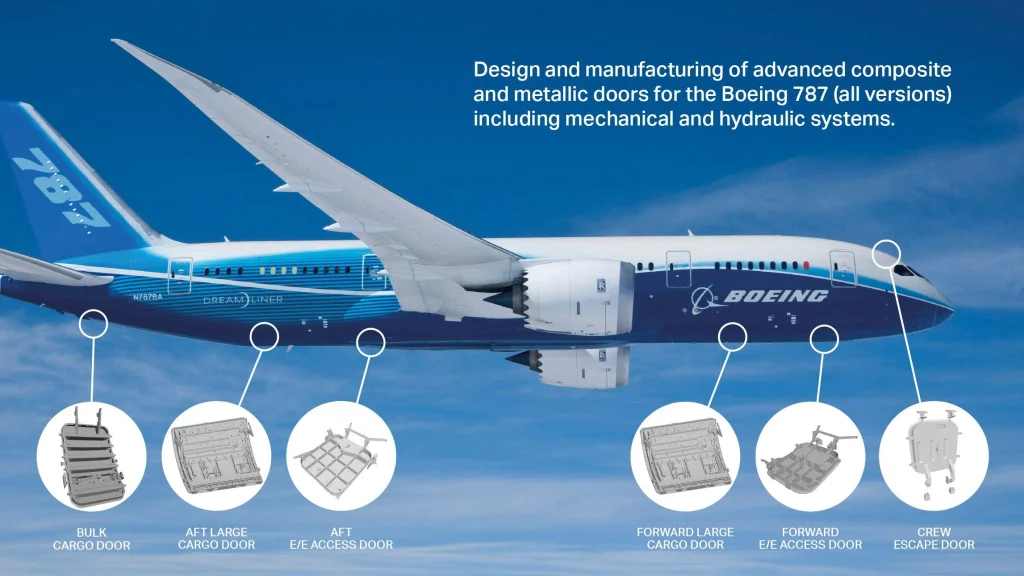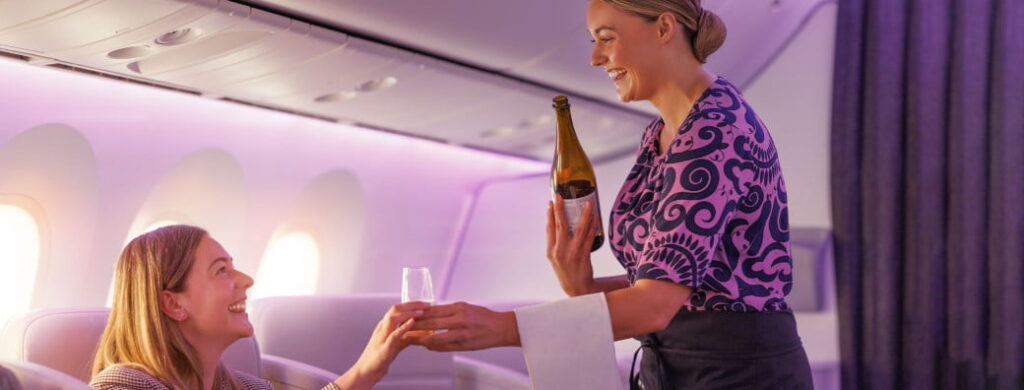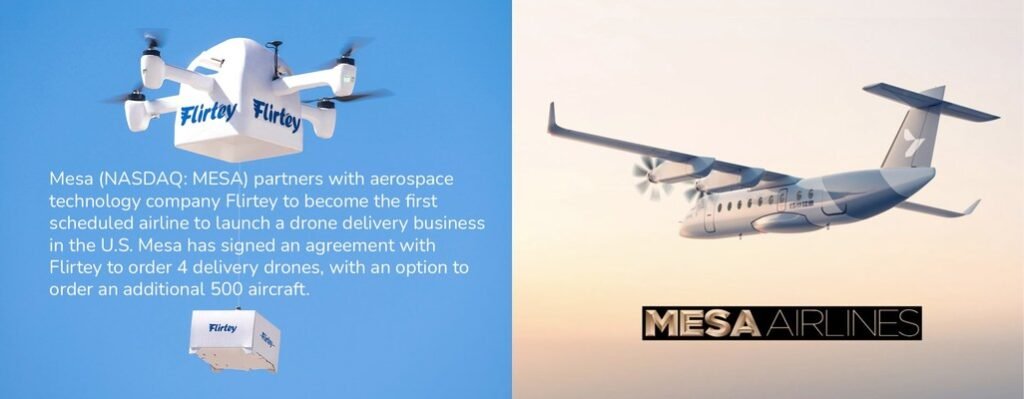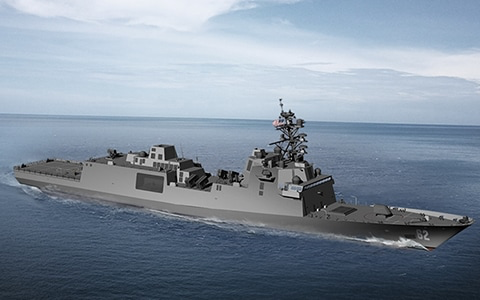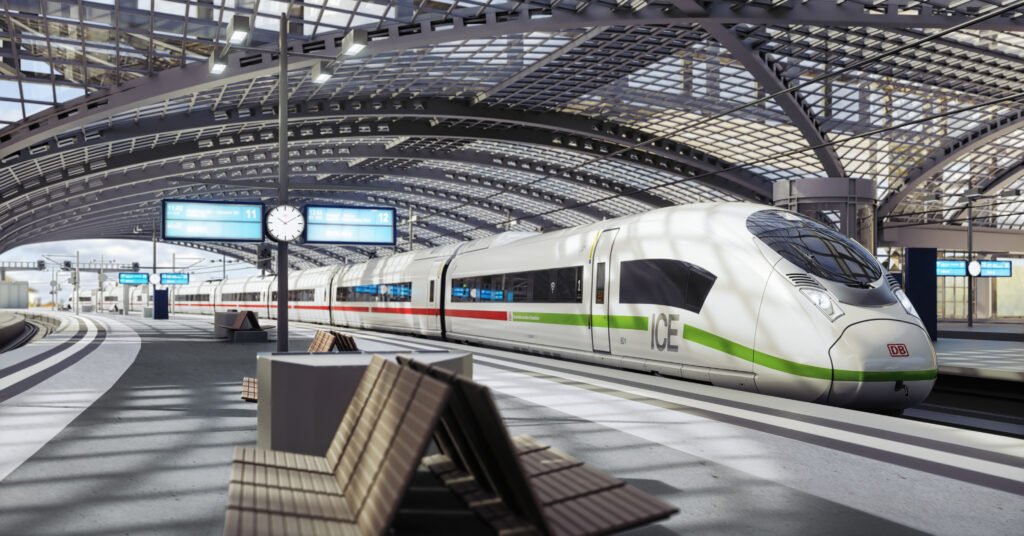Saab and Boeing sign 787 Dreamliner agreement
Saab (OTC: SAABF) has signed an extension agreement with Boeing (NYSE: BA) for the manufacturing of large cargo doors, bulk cargo doors and access doors for the Boeing 787 Dreamliner. The framework agreement is an…
